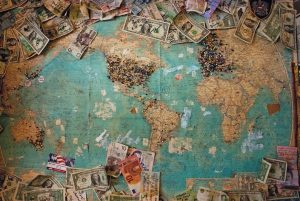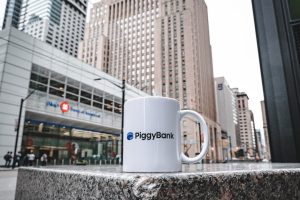Forex (Foreign Exchange) is the market where currencies are traded. It is the largest, most liquid market in the world, with an average daily trading volume of over $5 trillion. Forex trading involves buying one currency while simultaneously selling another currency. The goal is to profit from the fluctuations in exchange rates between the two currencies. Forex trading is conducted electronically over-the-counter (OTC), meaning that trades are not conducted on a centralized exchange.
Forex trading is accessible to anyone with an internet connection and a computer or mobile device. It is also possible to trade forex on a part-time basis, making it a popular choice for those looking to supplement their income. Forex trading can be both highly lucrative and highly risky, depending on the trader’s experience and strategy.
The forex market is open 24 hours a day, five days a week. This is because the market is global, and different time zones mean that trading is always taking place somewhere in the world. Forex trading is conducted in currency pairs, with the most commonly traded being EUR/USD (euro/dollar), USD/JPY (dollar/yen), and GBP/USD (pound/dollar).
Forex trading is often used by businesses to manage their currency risk. For example, if a US company is importing goods from Japan and needs to pay in yen, they can use forex trading to lock in an exchange rate to protect against the risk of the yen strengthening against the dollar. Conversely, if a Japanese company is exporting to the US and needs to receive payment in dollars, they can use forex trading to lock in an exchange rate to protect against the risk of the dollar weakening against the yen.
Individual traders also use forex trading to speculate on exchange rate movements. Traders can either buy or sell a currency pair, depending on whether they think the exchange rate will rise or fall. For example, if a trader believes that the euro will strengthen against the dollar, they can buy the EUR/USD currency pair. If the exchange rate does indeed rise, the trader can sell the currency pair at a higher price and make a profit.
Forex trading is often done using leverage, which means that traders can control a larger position than their account balance would allow. This can amplify profits, but it also increases the risk of losses. For example, if a trader has a $1,000 account balance and uses 100:1 leverage, they can control a position worth $100,000. If the trade goes against them, their losses will be magnified by the leverage.
Forex trading is not without its risks, and traders should be aware of the potential for losses. One of the biggest risks in forex trading is market volatility. Exchange rates can fluctuate rapidly, and unexpected news events can cause sudden and significant moves in the market. Traders should also be aware of the risk of fraud and scams in the forex market, as there are many unscrupulous individuals and companies operating in the industry.
In conclusion, forex trading is the act of buying and selling currencies in order to make a profit from fluctuations in exchange rates. The forex market is the largest, most liquid market in the world, and is accessible to anyone with an internet connection and a computer or mobile device. Forex trading can be both highly lucrative and highly risky, depending on the trader’s experience and strategy. Traders should be aware of the potential for losses and the risk of fraud in the forex market.





